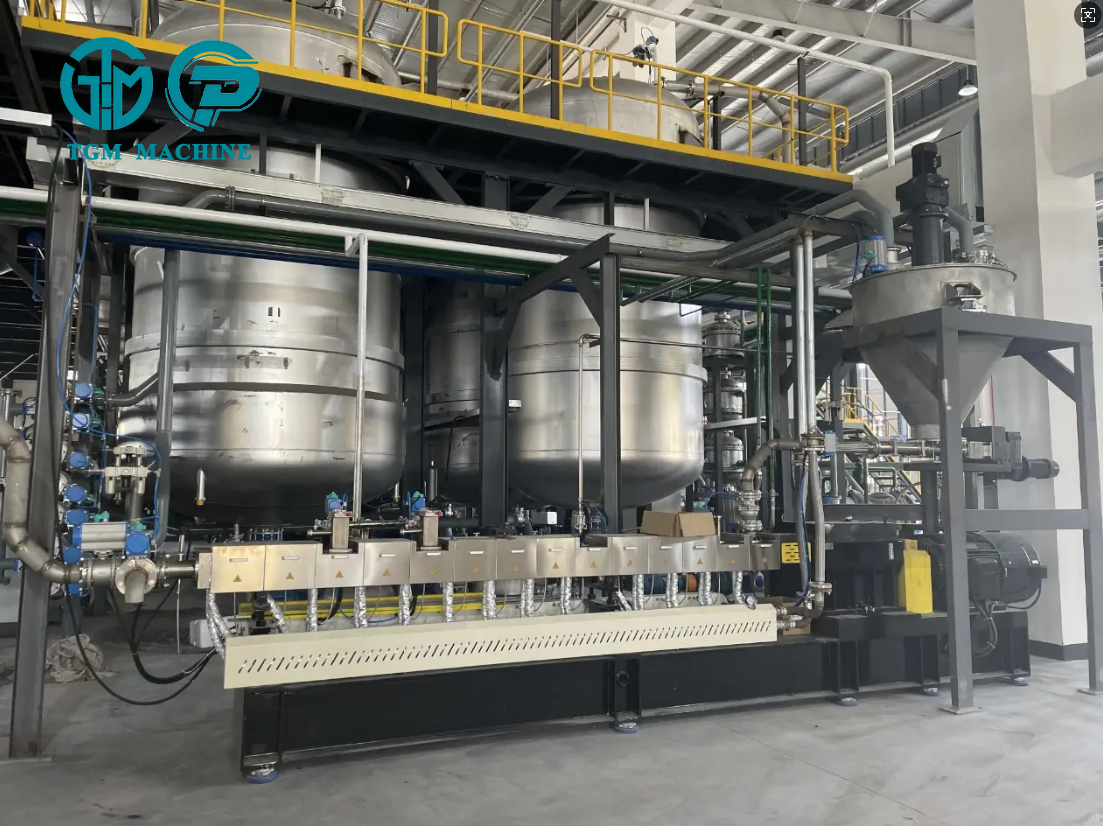Email cannot be empty
Password cannot be empty
Email format error
Email cannot be empty
Email already exists
6-20 characters(letters plus numbers only)
The password is inconsistent
Email format error
Email cannot be empty
Email does not exist
6-20 characters(letters plus numbers only)
The password is inconsistent


Behind the Scenes: The Science and Craft of Sealant Production
Have you ever stopped to think about what keeps your bathroom tiles watertight, your windows draft-free, or your car's windshield securely in place? The unsung hero in all these scenarios is often a high-performance sealant. At [Company Name], we believe that understanding how our products are made builds trust and appreciation. So, join us for a rare look behind the factory doors at the fascinating journey of how a sealant is born.
From Raw Materials to Reliable Performance
Sealant production is a precise science, blending chemistry and engineering to create a product that must be durable, flexible, and perfectly suited for its job. The process can be broken down into several key stages:
Stage 1: The Foundation - Weighing and Preparation
It all starts with raw materials. The exact recipe is a closely guarded secret, but the main components typically include:
-
Polymers: The backbone of the sealant (e.g., silicone, polyurethane, acrylic) that provides elasticity and adhesion.
-
Fillers: Minerals like calcium carbonate that add body, strength, and volume.
-
Plasticizers: Chemicals that enhance flexibility and workability.
-
Adhesion Promoters: Crucial agents that ensure the sealant bonds strongly to various surfaces.
-
Curing Agents: The components that trigger the chemical reaction, transforming the sealant from a paste into a durable rubber.
-
Pigments: For adding color (like classic translucent, white, or gray).
Every ingredient is meticulously weighed to exact specifications. Precision here is non-negotiable—even a tiny deviation can alter the final product's performance.
Stage 2: The Heart of the Process - Mixing and Deaeration
This is where the magic happens. The raw materials are loaded into a high-shear mixer—a powerful machine that looks like a giant industrial blender. The mixer homogenizes the components, creating a smooth, consistent paste.
A critical step following mixing is deaeration. The mixing process can trap air bubbles, which would weaken the final seal. The compound is vacuumed to remove these bubbles, ensuring a dense, reliable product that will perform flawlessly under pressure.
Stage 3: Quality Control - The Lab Test
Before proceeding, we take a sample from the batch to our in-house quality control lab. Technicians test for key properties like viscosity, specific gravity, and skin-over time. This is our first checkpoint to ensure the batch meets our rigorous standards. Only after it passes these tests does it move to the next stage.
Stage 4: The Final Touch - Packaging and Curing
The approved sealant compound is then pumped into its final packaging—whether that’s a sausage pack for a caulking gun, a cartridge, or a tube. The packaging is designed to protect the product from moisture and air until it's ready for use.
For some sealants, like one-part silicones, this is where the curing process begins. The sealant cures upon exposure to atmospheric moisture. For other types, like two-part systems, the curing agent is packaged separately and mixed by the user on-site.
Stage 5: One Last Check - Final Inspection
Every cartridge is checked for proper labeling, weight, and seal integrity. Then, batches are stored and often subjected to additional stability and performance tests to simulate real-world conditions.
Our Commitment: More Than Just a Product
At [Company Name], our process doesn't end when the sealant is packaged. Our commitment is to providing a solution you can rely on for years to come. Every batch tells a story of precision, science, and a dedication to quality that you can literally hold in your hand.
We hope this glimpse into our world gives you a new appreciation for the complex chemistry that goes into every drop of sealant. The next time you complete a DIY project or see a seamless construction joint, you'll know there's a whole lot of science sealing the deal.

